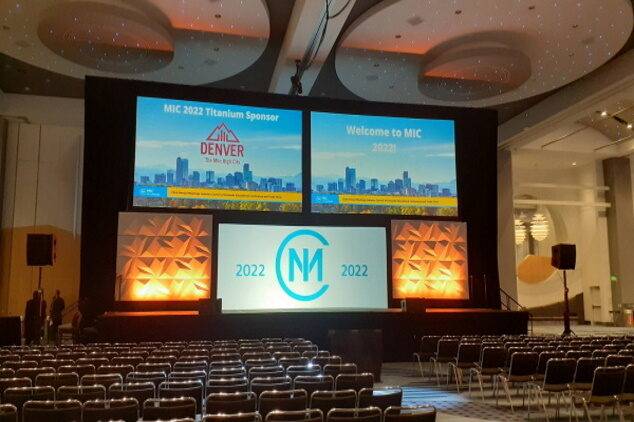Investigating the Benefits and Disadvantages of Static Frame and Mobile Projection Screens for All Viewing Experience
Investigating the Benefits and Disadvantages of Static Frame and Mobile Projection Screens for All Viewing Experience
Blog Article
When it pertains to enjoying movies, displays, or gaming, the kind of projection display used can greatly influence the viewing encounter. A couple of popular choices are fixed frame displays and portable projecting screens. Both kind has its unique set of advantages and drawbacks that can influence which option is most suitable for a specific situation. Comprehending these differences can assist individuals and organizations make informed choices about their watching setups.
Stationary projection screens are crafted to be constantly mounted in a particular place. A primary of the key advantages of stationary screens is their ability to provide a smooth, flat area for projecting images. This evenness guarantees that the image clarity is crisp and clear, which is particularly crucial for HD material. Additionally, stationary displays often come with a black frame that improves differentiation and causes the displayed image stand out more. This type of screen is ideal for home theaters or specific presentation rooms where the setup will not change frequently.
On the other hand, portable projection screens provide versatility and ease of use. These displays can be readily set up and taken down, making them perfect for events that require mobility, such as conferences, educational settings, or outdoor movie nights. Portable screens come in various dimensions and designs, including stand and foldable options, allowing users to choose one that fits their requirements. The ability to transport these screens renders them a favored option for people who need to present in different locations or for those who do not have a dedicated space for a fixed screen.
However, there are some drawbacks to both types of screens. Fixed frame displays can be more costly and necessitate expert setup, which may not be feasible for everyone. Additionally, after installed, they cannot be relocated easily, limiting their use to one location. In contrast, portable screens may not provide the same level of image clarity as stationary displays. They can occasionally have creases or bends that affect the display, particularly if they are not configured correctly. This can be a concern for those who prioritize picture clarity over ease of use.
An additional consideration to take into account is the area available for the screen. Fixed frame screens require a specific space with enough surface area and suitable lighting settings to enhance the watching experience. This can be a limitation for those living in compact houses or flats. Portable screens, however, can be employed in various settings, from large auditoriums to small sitting areas. This flexibility makes them a sensible option for numerous users, especially those who may not have a fixed configuration.
In conclusion, both fixed frame and mobile projecting screens have their unique advantages and challenges. Fixed frame screens shine in offering high-quality images explanation and a polished look, making them appropriate for dedicated viewing areas. On the flip side, portable displays provide flexibility and ease of use, making them perfect for mobile presentations and occasions. By weighing the benefits and disadvantages of both kind, individuals and organizations can select the projecting screen that best meets their particular needs and improves their watching encounter.